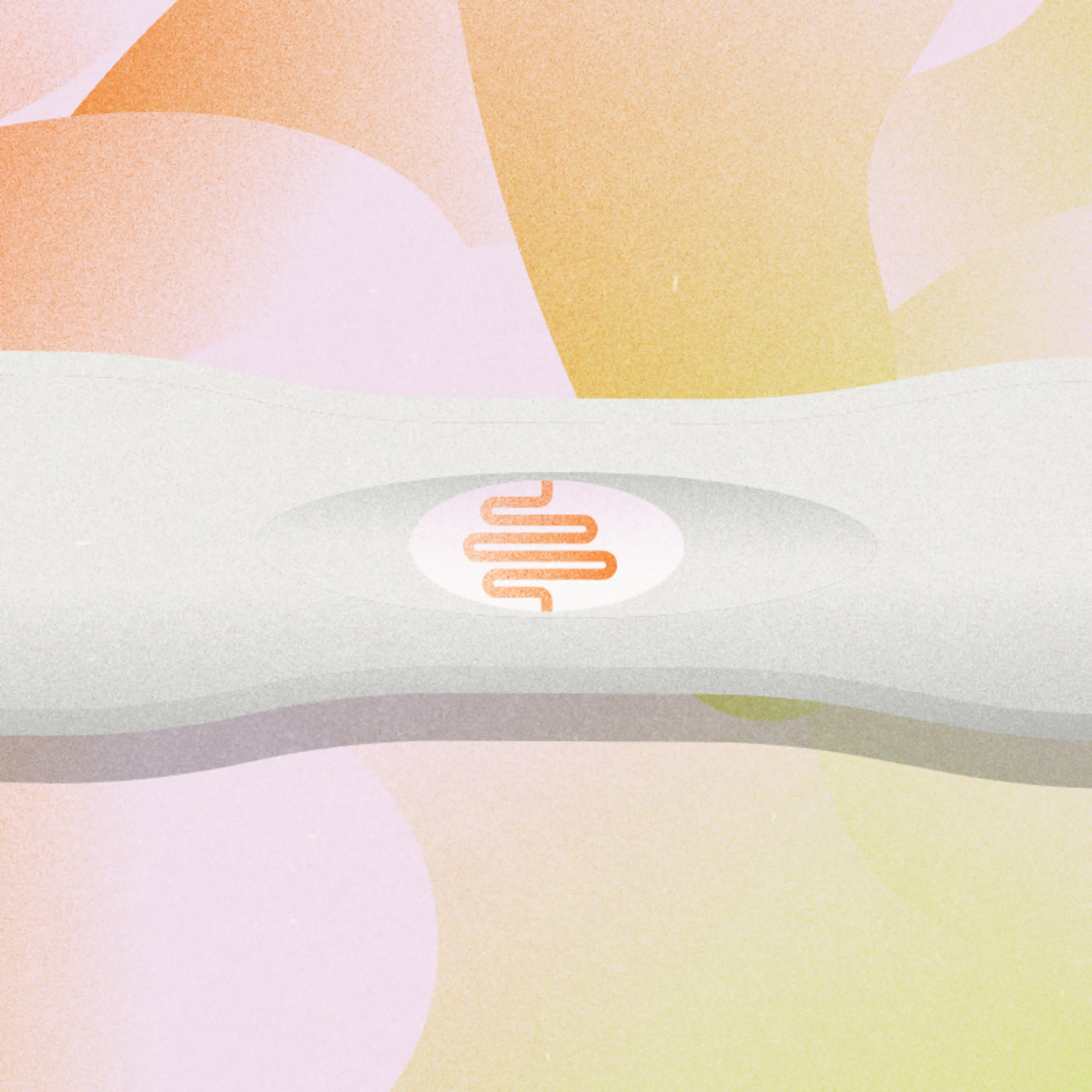TLDR: The two-week wait is the time between ovulation and the scheduled start of your next menstrual cycle when a pregnancy can be detected. Biding your time before taking a pregnancy test can be grueling, so we’ve asked a prenatal psychologist for some advice on how to make the long wait a little less difficult.
You’re hopeful and excited, dreaming of a possible pregnancy that could be budding—right now. You’re anxious, worried, and distracted. Sound familiar? Yup—sounds like the classic two-week wait struggle. When you’re trying to conceive, the infamous two-week wait (the time between ovulation and your expected period or the time from conception to a positive pregnancy test) can be equal parts stressful and exhilarating. That’s why we pulled together some tips to take the stress out of it. Learn how to quiet your mind, focus your energy in a positive way, and trust your body to do what it needs to do during the two-week wait.
What Happens During the Two-Week Wait?
Let’s do a little biology review so you know exactly what’s happening during the two-week wait. Once an egg is released via ovulation, conception takes place1 in the fallopian tubes when a sperm fertilizes the egg. The fertilized egg then descends to the uterus and rapidly divides in a process called cleavage. When it has divided into an organized mass of cells, it is considered a blastocyst.
Approximately 5-6 days after fertilization, the blastocyst implants into the uterine wall. Once it’s safely embedded into the uterus, the early placenta starts producing hCG (human chorionic gonadotropin), the hormone that triggers a pregnancy test to turn positive.
This process is mostly undetectable and you likely will have no idea that it’s happening (aside from potential implantation cramping)—or not happening, unfortunately. And that’s what can be so anxiety-producing for many hopeful parents.
Dr. Marisa Perera2 , a licensed clinical psychologist specializing in fertility, perinatal, and reproductive mental health, explains that it’s totally normal to feel a little freaked out during the two-week wait—especially because the outcome is mostly out of your control.
“When it comes to trying to get pregnant, our best efforts, like timing baby-making perfectly, following a nutritious diet, exercising, managing stress, and avoiding certain substances, do not guarantee a positive pregnancy result.
“It is challenging to accept that we don’t have much control over something we highly desire,” she says. “Tolerating two weeks of uncertainty about the status of that somewhat uncontrollable, highly desired test result naturally brings anxiety.”
You may be experiencing a variety of worries. When should you test? How long will you have to wait to know if you’re pregnant? Will you get pregnant this cycle? What will you do if it doesn’t happen this cycle—or the next, or the next? Is there something else going on? While the what-ifs are completely normal, it can be helpful to have some ways to cope with the emotional ups and downs of the two-week wait.
Tip 1: Meditate
Meditation and mindfulness can be powerful practices as you wait to find out if you’re pregnant or not. Both of these practices can ground you, your body, and your emotions in the present moment—rather than cycling through a list of possible pregnancy symptoms or imagining what you’ll do if you get a positive result.
Dr. Perera explains how taking a few moments of mindfulness can benefit you during this time. “Anxiety works by preoccupying the mind with undesired, catastrophic, and often unlikely scenarios about the future,” she says. “A strategy to combat this is to intentionally focus on your present moment. To do this, label the focus of your thoughts as the past, present, or future. When you notice your thoughts are caught up in the past or future, intentionally guide your attention instead to what is happening in your present moment.”
Meditation and mindfulness are both linked to overall fertility benefits, too—so they’re great to practice well before the two-week wait. Meditation can lower cortisol3 , which causes stress, increase melatonin4 (great for sleep), and boost dopamine5 (the “feel-good” hormone). Some research has linked yoga and meditation to increased levels of DHEA6 (a hormone that supports egg health). Other studies have found positive correlations between mindfulness and lower stress for women who have experienced miscarriage7 , as well as those undergoing IVF8 .
Expectful has a host of fertility-specific meditations you can try, including several designed specifically for the two-week wait.
Tip 2: Exercise
As you likely already know, exercise is good for you, for both body and mind. Research indicates that moderate exercise is very beneficial for people trying to conceive. In fact, a 2016 study9 found that moderate exercise is great for almost everyone who is trying to get pregnant.
Gentle movement like walking, stretching, yoga, or pilates might feel appropriate in the luteal phase (as well as in early pregnancy, if it happens for you). Take a hike with a friend, hop on your bike for a low-key ride around the neighborhood, or head to a class at your favorite local fitness studio.
It’s safe to do vigorous exercise in the time between ovulation and menstruation—as long as that’s something your body is already used to. If you already lift heavy weights or run 10ks on the regular, it’s fine to keep going for as long as it feels good for you and your body.
Note that the definition of vigorous will vary based on your fitness level, but in general, if you can talk through your workout, it’s considered moderate. Either way, the two-week wait isn’t a great time to start a new, more rigorous routine—keep things in line with your regular level of activity during this period.
Regular exercise can set you up for a healthy pregnancy, too. The American College of Obstetricians and Gynecologists recommends exercise in pregnancy10 , and some research indicates that regular exercise can lower your chances of gestational diabetes and gestational hypertension.
Tip 3: Practice Acceptance
The mental and emotional experience of trying to conceive can feel overwhelming at times. So cut yourself some slack and be gentle with yourself during these days and weeks. This can mean building in some extra self-care, taking responsibilities off your plate, and/or communicating with a trusted support person. It can also simply mean accepting your feelings, says Dr. Perera.
“All emotions you feel are valid. Your best bet is to accept how you feel rather than distracting from or trying to change it. In an emotionally uncomfortable moment, practice emotional acceptance by saying to yourself something like, “I am anxious, I am worried. Not knowing if I am pregnant when I want to be is uncomfortable; I don’t like it. I also understand this is how things are for me right now and that I cannot change it. I am tolerating my discomfort and will go with what life brings.”
And once you do find out you're pregnant? You can predict your due date with a due date calculator.












